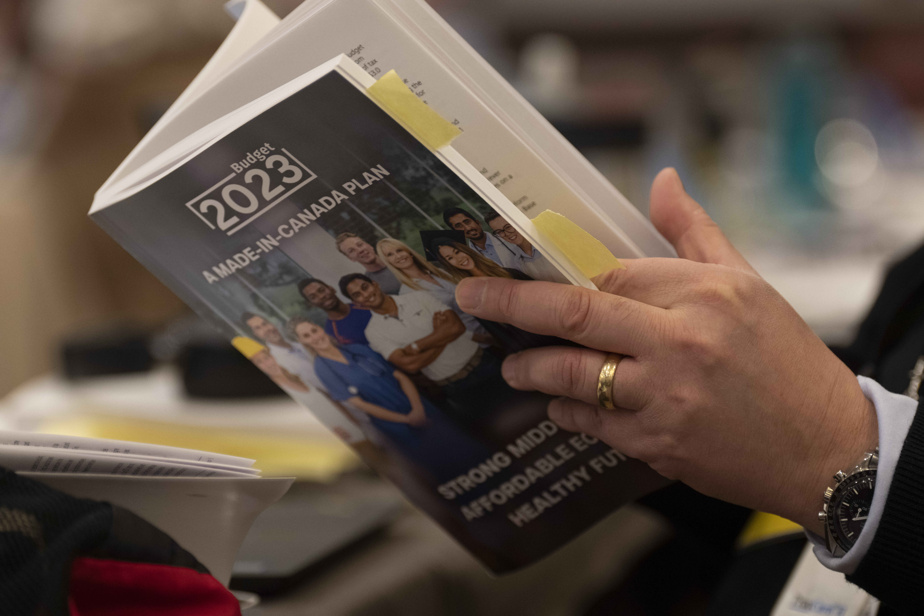The federal government substantially modifies the alternative minimum tax (AMT) regime for high-income individuals.
AMT aims to ensure that high-income individuals do not reduce their taxable income to zero by optimizing deductions.
The IMR existed before. The budget proposes major changes. For example, the AMT tax rate is increased from 15% to 20.5%. On the other hand, the basic exemption increases from $40,000 to $173,000.
Another change, the federal government will include in its calculation 100% of the capital gain. Under the current rules, it considers 80% of the capital gain. As a reminder, the inclusion rate is 50% in the ordinary tax calculation.
Calling all
What do you think of this federal budget tabled by Chrystia Freeland?
Other changes will apply. In fact, only 50% of most deductions (with the exception of the RRSP deduction) will be used to calculate income for minimum tax purposes. It will be the same treatment for non-refundable tax credits.
According to calculations by tax expert Stéphane Leblanc of EY, a particularly wealthy taxpayer will see his tax payable increase by $360,574 under the new rules. We are talking here about an individual with a salary of at least $250,000 and a taxable capital gain of $10 million. Its tax bill would go from $1,708,773 under the old rules to $2,069,347 under the new AMT provisions.
The example, calculated with the rates in effect in 2022, concerns the federal tax without the Quebec tax abatement.
The difference of $360,574 in the taxes due is however recoverable in the subsequent 7 years as is the case with the current rules.
Recovery becomes possible, for example, if the following year the taxpayer has no capital gain to declare. In such a case, the alternative minimum tax will be less than his ordinary tax. Thus, he will be able to recover the difference up to $360,574.
These new rules come into force in 2024.
According to the information in the budget, 99% of the AMT would henceforth be paid by individuals earning more than $300,000 per year and 80% by those earning more than $1 million annually.
Currently, 67,000 Canadians pay AMT. That number would drop to 30,000 under the new rules, according to Finance. However, these 30,000 taxpayers will pay more substantial amounts.
The government plans to recover nearly 3 billion in 5 years with this reform of the IMR.
